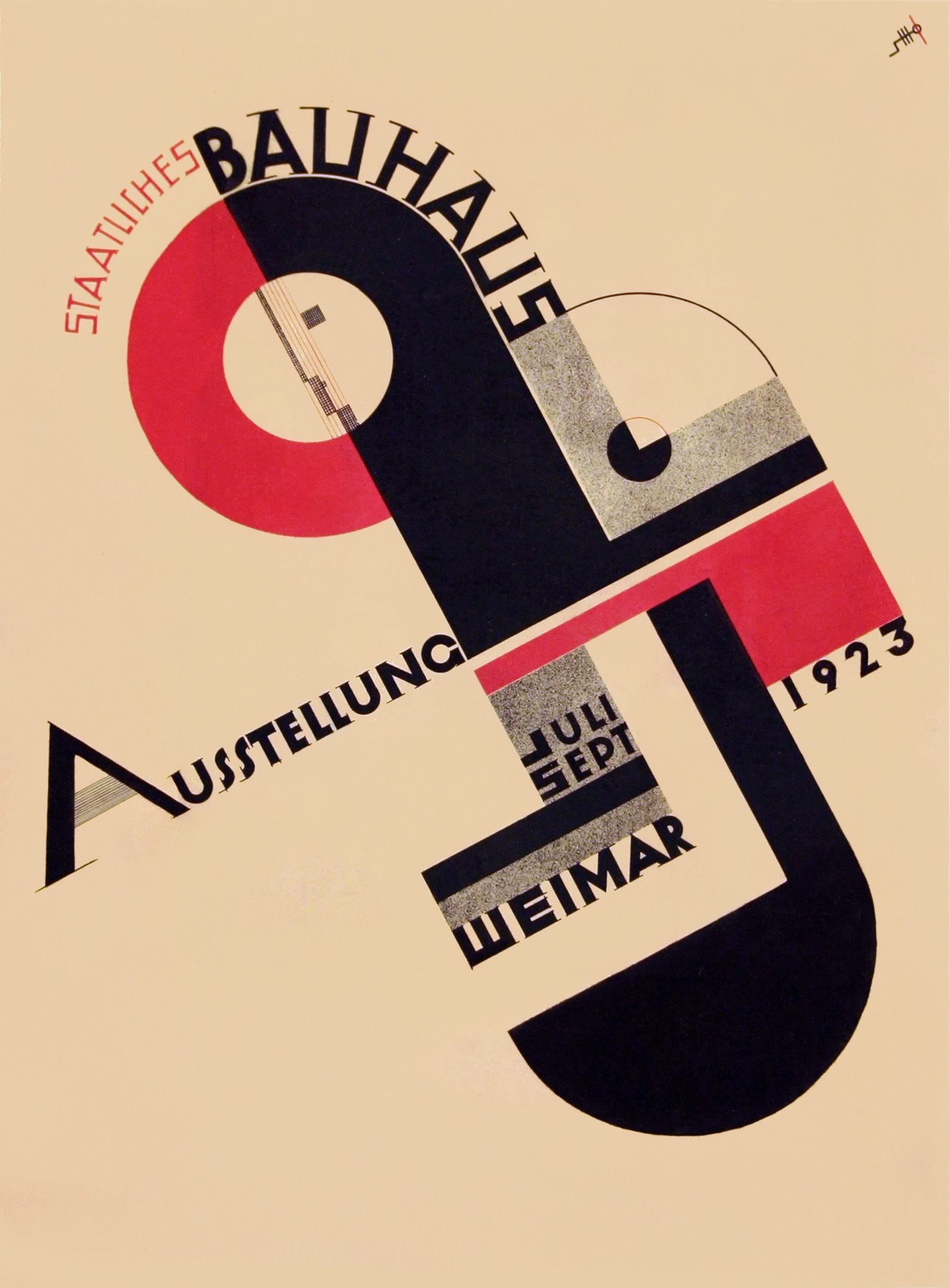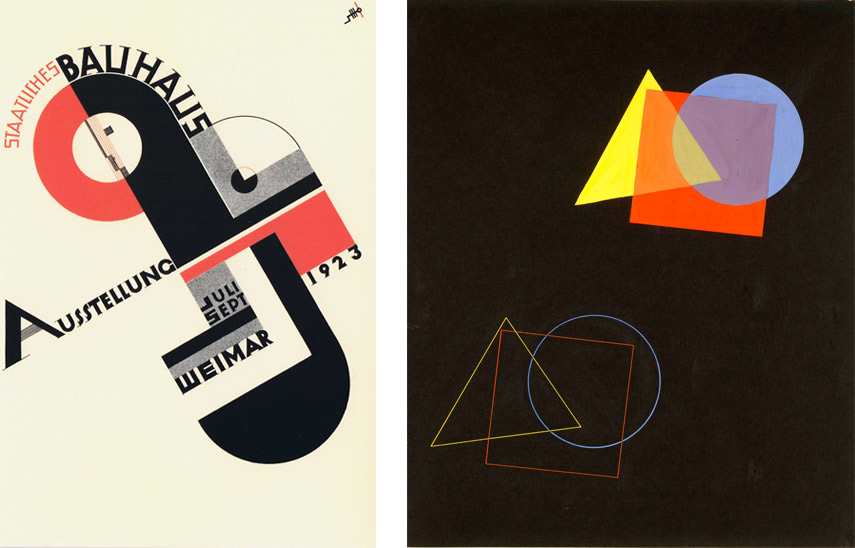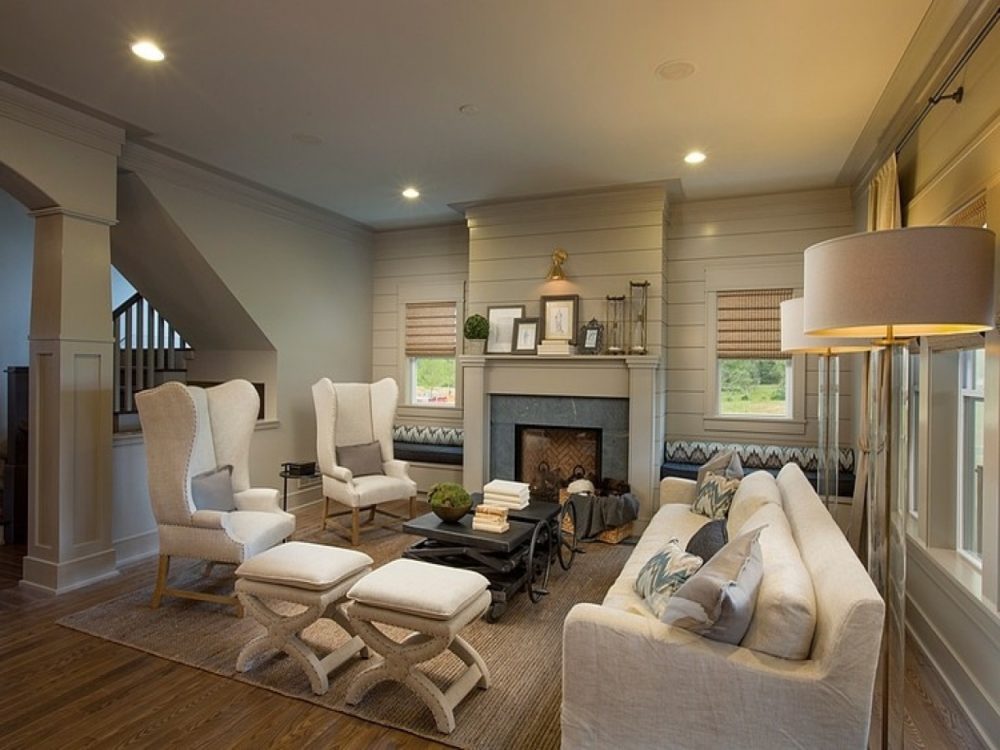Table Of Content

Only two projects, the apartment building project in Dessau and the Törten row housing fall into the worker housing category. It was the Bauhaus contemporaries Bruno Taut, Hans Poelzig and particularly Ernst May, as the city architects of Berlin, Dresden and Frankfurt respectively, who are rightfully credited with the thousands of socially progressive housing units built in Weimar Germany. The housing Taut built in south-west Berlin during the 1920s, close to the U-Bahn stop Onkel Toms Hütte, is still occupied. The chair frame was initially designed to be bolted together, but it was redesigned in 1950 using stainless steel, allowing it to be formed from one seamless piece of metal. Created in 1929 for the Barcelona International Exposition, the Barcelona Chair was designed by Bauhaus director Ludwig Mies van der Rohe in collaboration with architect Lilly Reich. The Brno Chair, designed by modernist architect Ludwig Mies van der Rohe between 1929 and 1930, also exemplifies the Bauhaus principle of reducing objects to their basic elements.
Eight home interiors where mezzanines maximise usable space
A century after its founding, the German school of art and architecture remains one of the most transcendent — and frustrating — movements of the Modernist age. Emigration and new contexts Following the emigration of the Bauhaus members after 1933, the ideas of the school were carried to many parts of the world where they came into contact with other contexts and concepts of architecture, art, and design. Its name means “house of building,” an inversion of the German word Hausbau (“building of a house”). The Bauhaus was a school of design, architecture, and applied arts that existed in Germany from 1919 to 1933.
Over a century of women in architecture
Bauhaus buildings also respect and reflect the context and character of the site, the culture, and the history of the place. An example of a Bauhaus building that exemplifies sustainable and ecological design is the White City of Tel Aviv, a collection of over 4,000 Bauhaus buildings that were built in the 1930s and 1940s by Jewish architects who fled Nazi Germany. Bauhaus architecture is a modern design style that emerged from the Bauhaus movement in Germany in the early 20th century. The movement was founded by Walter Gropius, who aimed to unify art, craft, and technology in a new building form.
LGBTQIA+ Activism in the Arts
Upon Gropius’s resignation the following year, Meyer became director of the Bauhaus until 1930. He was asked to resign because of his left-wing political views, which brought him into conflict with Dessau authorities. Ludwig Mies van der Rohe became the new director until the Nazi regime forced the school to close in 1933. German-born American artist Josef Albers designed this set of modern accent tables while serving as the artistic director of the furniture workshop at the Bauhaus from 1926 to 1927. Modern industrial techniques also made certain materials more readily available, such as steel, glass, plywood and plastic.
Master’s Houses, Walter Gropius 1926Dessau, GermanyOnly images remain of the private houses built by Gropius as they were all destroyed during the Second World War. The double-houses were built as private residences for the Bauhaus directors and himself, all designed with the school’s design principles. However, the houses were reconstructed in 2014 by German firm Bruno Fioretti Marquez with a contemporary impression. Aspen Institute, Herbert Bayer and Fritz Benedict1949Washington D.C, United StatesIn 1945, Chicago businessman Walter Paepcke contacted Bauhaus artist and architect Herbert Bayer, who had designed and built a Bauhaus-inspired residence near the town of Aspen, in the Roaring Fork Valley.

Its creators believed in bringing artists and craftspeople together for a utopian purpose. A severe but elegant geometric style carried out with great economy of means has been considered characteristic of the Bauhaus, though in fact the works produced were richly diverse. Bauhaus architecture and design principles still influence the shape and look of everyday objects. For example, Steve Jobs openly discussed the influence of Bauhaus simplicity on the aesthetic of Apple products.
Barn-like house
In September 2020, President of the European Commission Ursula Von der Leyen introduced the New European Bauhaus (NEB) initiative during her State of the Union address. The NEB is a creative and interdisciplinary movement that connects the European Green Deal to everyday life. It is a platform for experimentation aiming to unite citizens, experts, businesses and institutions in imagining and designing a sustainable, aesthetic and inclusive future. By eliminating all religious and monarchical symbols typically used in chess, the German designer aimed to redesign the game for a modern age.
Ten of the most iconic pieces of Bauhaus furniture
Bauhaus buildings often have elements of color, typography, and lighting that enhance the aesthetic and functional qualities of the space. Lastly, Bauhaus architects use modern materials and technology to create innovative and experimental buildings. They use steel, glass, concrete, and other industrial materials that offer new possibilities and challenges for architectural design.
Forging The Modern Aesthetic: The Bauhaus Movement Explained - The Collector
Forging The Modern Aesthetic: The Bauhaus Movement Explained.
Posted: Tue, 08 Sep 2020 07:00:00 GMT [source]
Fabrics from the weaving workshop were commercially successful, providing vital and much needed funds to the Bauhaus. The studio’s textiles, along with architectural wall painting, adorned the interiors of Bauhaus buildings, providing polychromatic yet abstract visual interest to these somewhat severe spaces. While the weaving studio was primarily comprised of women, this was in part due to the fact that they were discouraged from participating in other areas. The workshop trained a number of prominent textile artists, including Anni Albers (1899–1994), who continued to create and write about modernist textiles throughout her life. Bauhaus-style design and decor is a term describing the furniture, objects, graphic art, and interiors that were created as a result of the influential early 20th-century design and architecture movement named after the German school founded by architect Walter Gropius. Bauhaus embodied a form-follows-function, less-is-more approach that still resonates today.
His first project was a modern Mahatma Gandhi memorial, which impressed the prime minister and encouraged him to design government buildings, public spaces, and its national zoo. Ludwig Mies van der Rohe is remembered most for his work as an architect, but his work as a furniture designer is also hugely influential. The Bauhaus movement spread when the school was shut down in 1933 by the Nazis, and many of the style’s practitioners fled Germany ahead of World War II.
Sport and physical activity were essential to the interdisciplinary Bauhaus movement that developed revolutionary ideas and continues to shape our environments today. Weimar was in the German state of Thuringia, and the Bauhaus school received state support from the Social Democrat-controlled Thuringian state government. The school in Weimar experienced political pressure from conservative circles in Thuringian politics, increasingly so after 1923 as political tension rose. One condition placed on the Bauhaus in this new political environment was the exhibition of work undertaken at the school. This condition was met in 1923 with the Bauhaus' exhibition of the experimental Haus am Horn.[22] The Ministry of Education placed the staff on six-month contracts and cut the school's funding in half. The Bauhaus issued a press release on 26 December 1924, setting the closure of the school for the end of March 1925.[23][24] At this point it had already been looking for alternative sources of funding.
Bauhaus structures may also be vulnerable to natural disasters, such as earthquakes, floods, or fires, that can cause irreversible harm or destruction. Lastly, the Bauhaus structures are sometimes contested or neglected by the public or the authorities, who may not appreciate their historical and cultural value or have different priorities or preferences for using the land or the resources. The Bauhaus Archive in Berlin, which houses a collection of documents and objects related to the Bauhaus movement, has been closed since 2018 due to a lack of funding and support for its expansion and renovation. Some Bauhaus structures have been demolished or altered beyond recognition, such as the ADGB Trade Union School in Bernau, partly destroyed during World War II and later converted into a hospital.
In an interview with Breuer on Knoll’s website, the designer explains that the enduring design of the bicycle is what inspired the chair. When a young architect explained how the tubular steel was bent, Breuer was fixated on the idea. The local government in Dessau, among the first municipalities in Germany to be won by the National Socialists in 1931, had voted to close the Bauhaus, which was a state-funded school, in 1932. Mies reopened it as a private institution in Berlin later that year, but it only lasted one semester. The Nazis in Dessau sought, according to one fascist editorial, nothing less than “the disappearance from German soil of one of the most prominent places of Jewish-Marxist ‘art’ manifestation,” and they were not going to relent.
With Hitler now chancellor of Germany, the Dessau public prosecutor called for a search of the school’s new Berlin headquarters. The police found materials that were deemed to be subversive, making it subject to closure. Three months of fruitless attempts by Mies and others to forestall this inevitable conclusion followed; they tried various ways to accommodate themselves to the Nazis and preserve the Bauhaus as a private art school. But in the end, the Dessau authorities used a new Nazi law to declare that “support for and action on behalf of the Bauhaus, which presented itself as a Bolshevist cell,” amounted to a political crime.
Bauhaus architects supported democracy, equality, and social justice and sought to create buildings that would serve the people’s and the community’s needs. They designed public housing, schools, factories, and offices that were affordable, accessible, and adaptable. It also considered the environmental and psychological aspects of architecture, such as natural light, ventilation, and color, to create healthy and comfortable spaces for living and working. Lastly, Bauhaus architecture was a global and influential movement that spread its ideas and practices to other countries and regions.
In July 1933, Mies and other Bauhaus masters gathered together at the studio of the interior designer Lilly Reich in Berlin. Mies discussed the financial and political situation of the school and proposed that it should be closed. One notable example is Steve Jobs, who often credited the influence of Bauhaus simplicity on the look of Apple products. Established six months after the end of the war, in 1919, Bauhaus sought to create a radical new form of design and architecture to help rebuild post-World War I society. Gropius wrote in the Bauhaus school’s founding manifesto that “the ultimate, if distant, aim of the Bauhaus is the unified work of art.” He aspired to the German concept of Gesamtkunstwerk, or the “total work of art” that synthesizes many art forms into one.

No comments:
Post a Comment